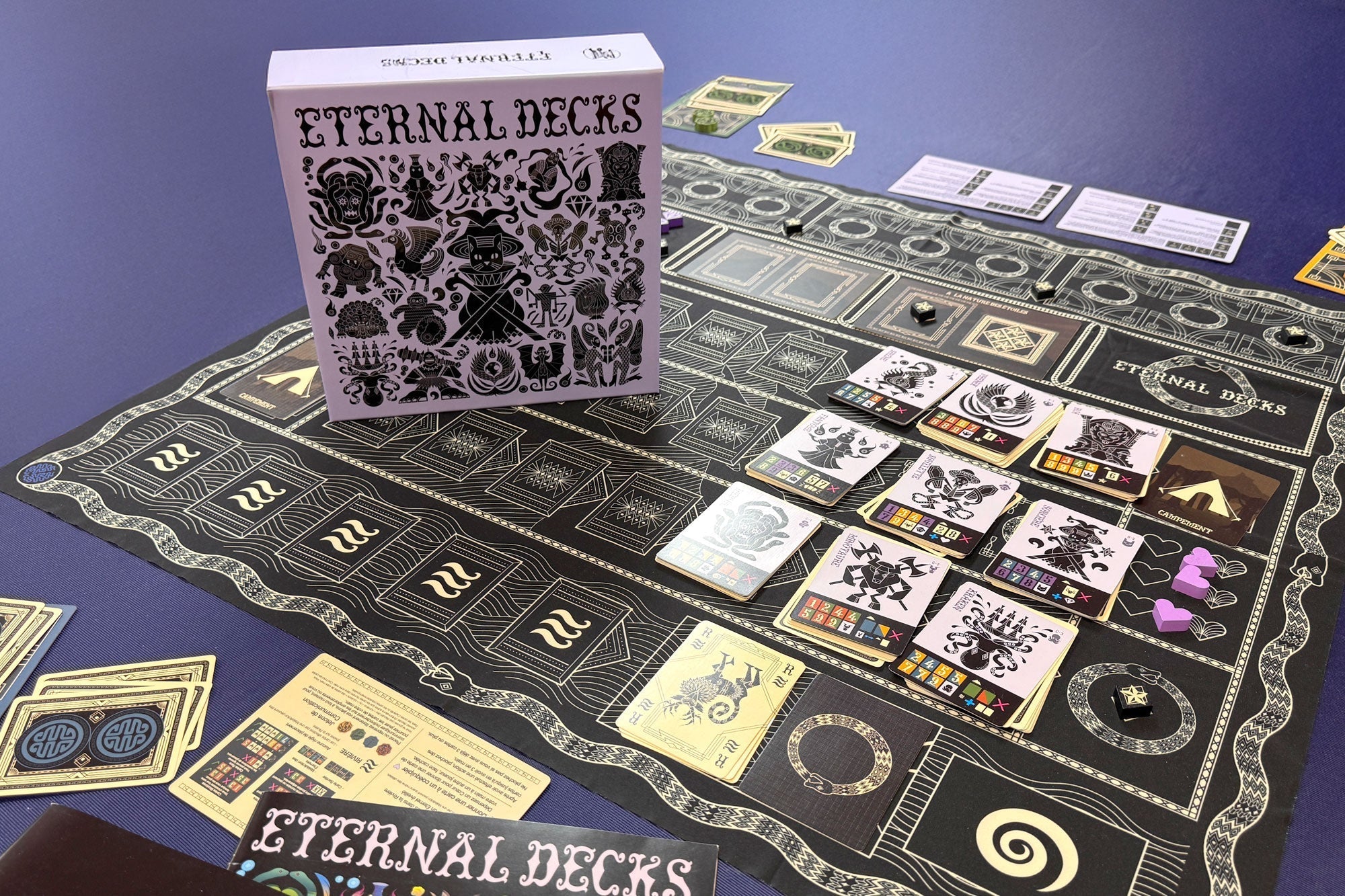Imagination develops in early childhood, just like language and motor skills, and manifests in countless everyday situations. When a child makes their figurines or stuffed animals talk, invents choreographies or little performances for their family, or finds an original solution to a problem, they are actively engaging their creativity.
As a parent, you can nurture this imagination by giving your child the freedom to play without constant intervention and by emphasizing the joy of the process rather than the final result.
Creating play spaces that encourage self-expression is an excellent way to foster creativity. These spaces provide the secure environment children need to explore freely. While freedom and structure may seem like opposites, their balance is essential in encouraging creative expression, just like a welcoming atmosphere and the absence of judgment.
Play Ideas to Stimulate Creativity by Age
From Age 2 – Pretend Play Around 30 months, children begin imitating observed actions, entering the phase of symbolic or pretend play. A small play kitchen placed near the family’s countertop, with child-sized accessories, allows them to explore make-believe while staying close to you. Adding natural elements like pinecones or small stones as pretend food further enriches this space and sparks even more creativity. In addition to fueling the imagination, these activities help develop social skills and self-confidence.
Ages 3 to 8 – Crafts and Building Activities During this period, children develop an interest in realism within their play while still maintaining great creative freedom. Building toys are particularly well-suited, as they allow kids to design their own models or take inspiration from existing ones. Hands-on activities such as modeling clay, drawing, cutting, or even cooking are also excellent ways to let their creativity flourish.
At Any Age – Storytelling and Reading Reading a story with your child is a special moment that can also become a powerful tool for creativity. While reading, ask questions: What do they think will happen next? Can they imagine an alternative ending? How would they react in the main character’s place? These discussions enrich their imagination and encourage deeper thinking.
The Valuable Role of Boredom
Finally, it’s important to remember that boredom is a powerful trigger for imagination. Providing unstructured time allows children to invent, create, and turn moments of emptiness into opportunities for discovery.
With the right tools and an environment that supports exploration, every child has the potential to develop limitless creativity.
|
Reading time : 2 mins



